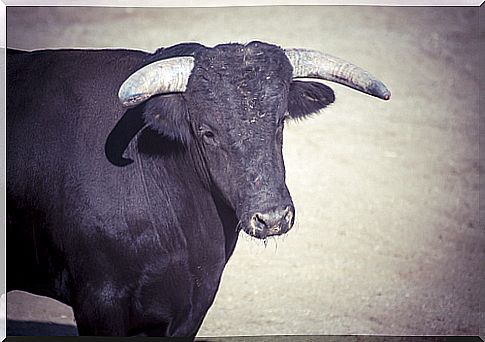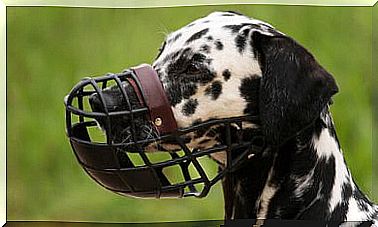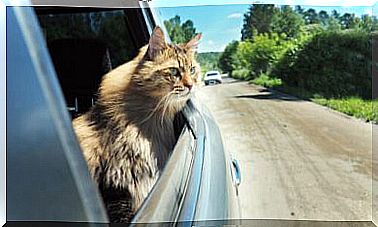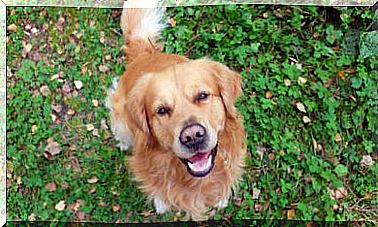The Story Of The Lydian Bull

Bulls are imposing and beautiful animals that we love to observe. They have become icons of countries like Spain, especially the bull of Lidia, of which we want to tell you its story to learn more about it. Stay with us and discover the history of this majestic animal!
About the bull of Lydia
Origin and history
Like all cattle, it comes from Bos primigenius , a species of primitive gold that lived in Africa, Europe and Asia. Their descendants, the Bos Taurus , were more resistant than their ancestors and knew how to adapt better to the environment, which is why they survived longer while the Bos primigenius disappeared.
Although it is stated that the Lydian bull, like any other bovine, comes from the first, the truth is that the existence of these cannot be applied other than to the strongest, to the one that survived the longest, and this is the Bos Taurus . During its existence, some of its descendants were domesticated for work or transportation, as well as to provide singing. Both species cohabited together for a time.
Regarding the Lydian bull, it has been concluded that it comes specifically from the Bos Taurus brachyceros, which lived in Europe and Africa, since although it was smaller than other Bos Taurus , it was more brave. This refutes the theory that it comes from the Bos species introduced by the Celts in Spain and Portugal, which only gave animals that were used for work and as food.
During the reign of the Catholic Monarchs, the first specimens were seen in Spain near Valladolid, to later spread throughout the territory. Andalusia soon took the lead in the breeding of the fighting bull, and bullfighting shows were soon created for commercial purposes.

Different breeds of the fighting bull
Within this species of fighting bull there were different breeds with their own characteristics. They are as follows:
- Navarra Caste. These were small bulls with a lack of cleanliness, but they made up for with their bravery.
- Jijona caste. They were known for their red hair, and even today specimens with hair of this color are known as jijones bulls.
- Andalusian caste. From here undoubtedly comes the bull of Lydia in its purest essence.
- Castilian caste. This is where the biggest and most difficult to tame bulls came from.
- Vazqueña caste. This breed was founded by Don Gregorio Vázquez and he did so by selecting the best specimens of the Andalusian and Castilian breed. Later it passed into the hands of King Fernando VII and, finally, into the hands of the one who launched them to fame: the Duke of Veragua.
The trap of the bull of Lidia
The trapío is the set of characteristics that define the bull. Among them should be taken into account:
- Weight. This should be between 300 and 500 kilograms
- Height. Approximately 165 centimeters, and 190 long.
- Antlers.
- Hair, skin and layers.
- His limbs and head and neck.
Based on the standards set to recognize a purebred Lydian bull, these characteristics will be taken into account.
Behavior of the bull of Lydia
Like almost all cattle, this is also a herd animal. Since he is born he shows it, because he manages to stay close to his mother for about eight or nine months. However, in the herds there is always the bull in command, and this is determined by how he mistreats others. There are few times that another bull in the herd challenges him to take the reins and bloody fights break out.
As their sexual maturity comes when they are very young, before the year and a half of age, females are separated from males. However, this separation does not calm their sexual desires and so they ride each other to calm down.
The fighting bull of Lidia, a Spanish symbol, is a peculiar animal that has been well worth knowing, don’t you think?









